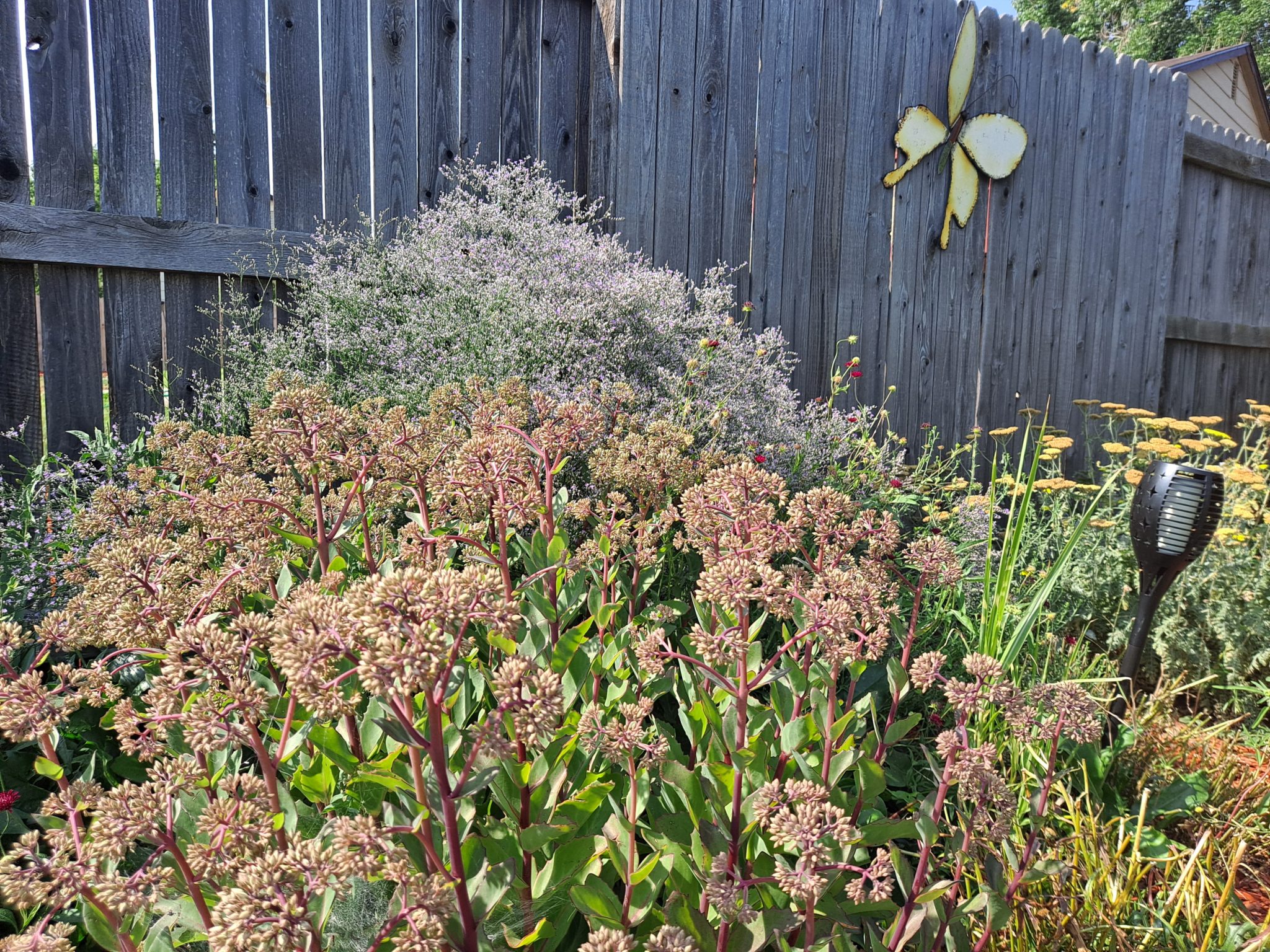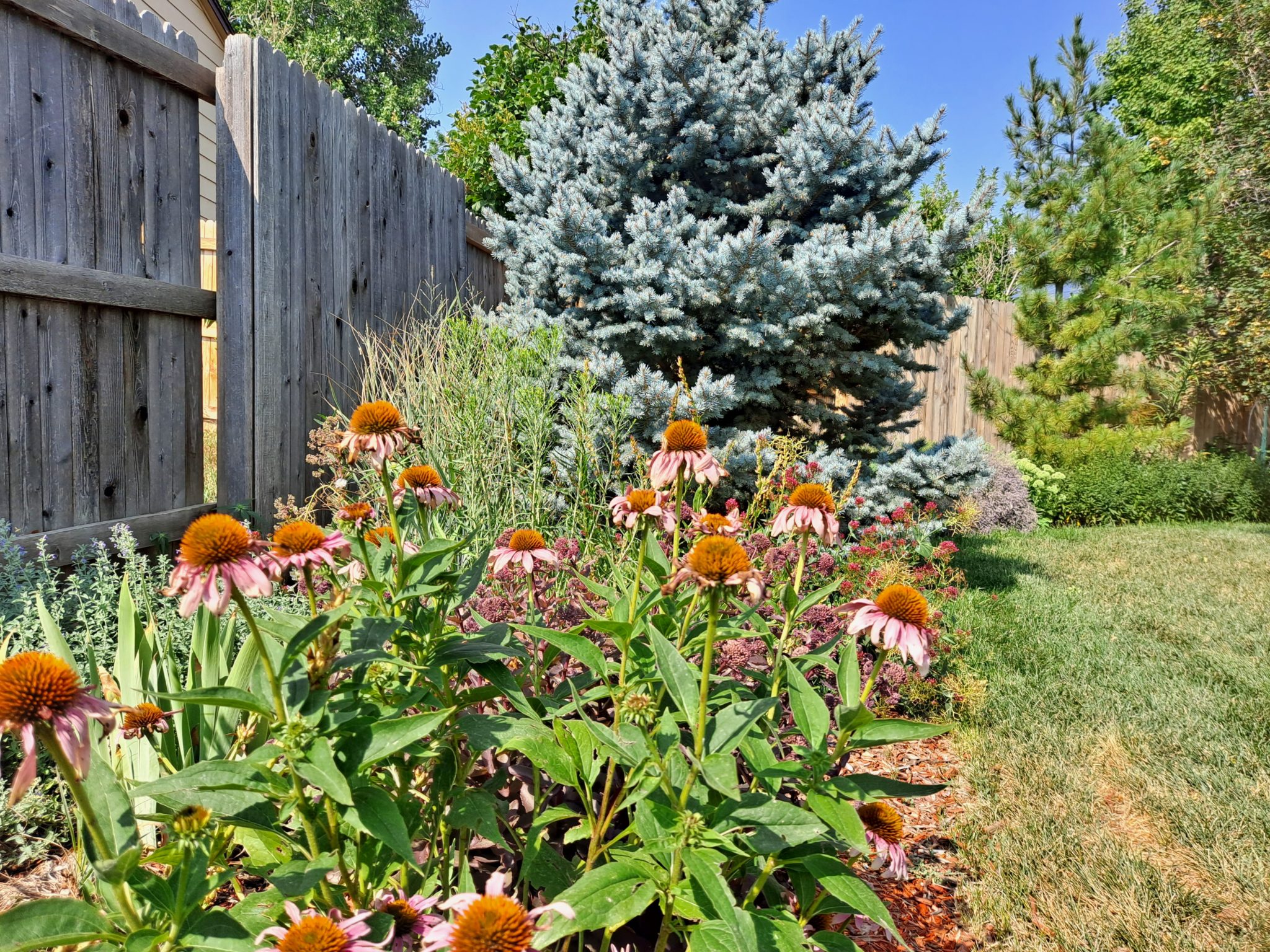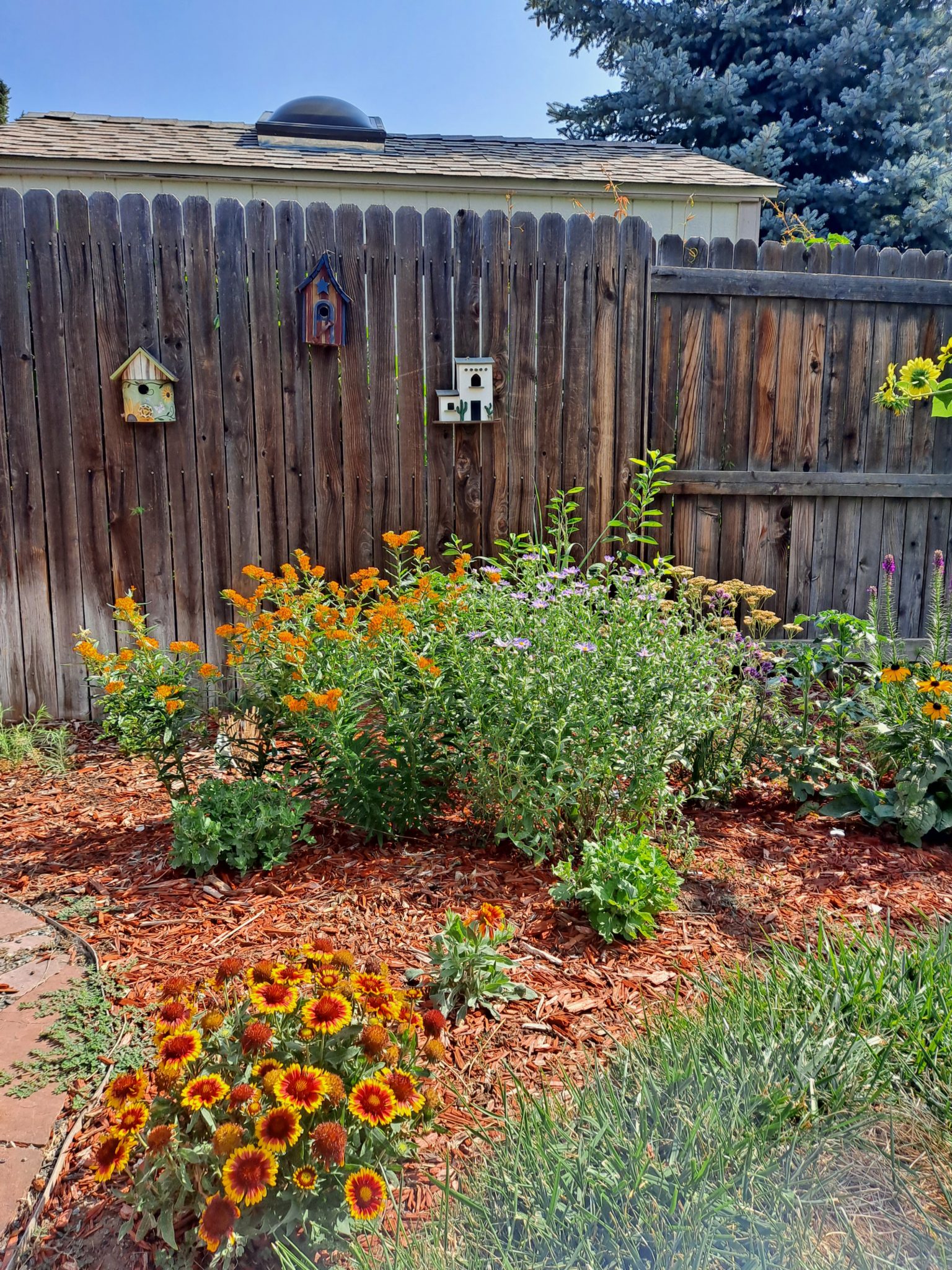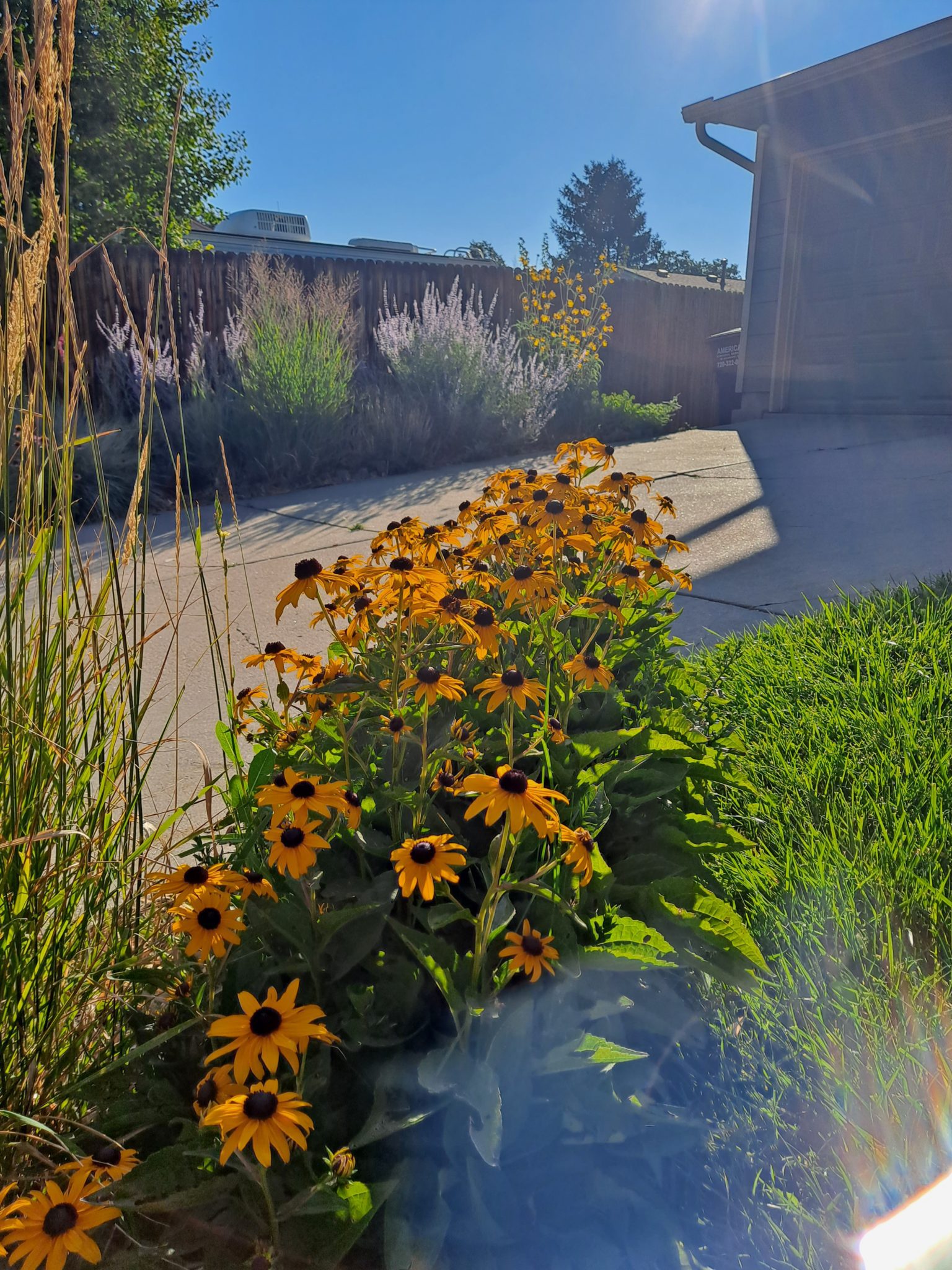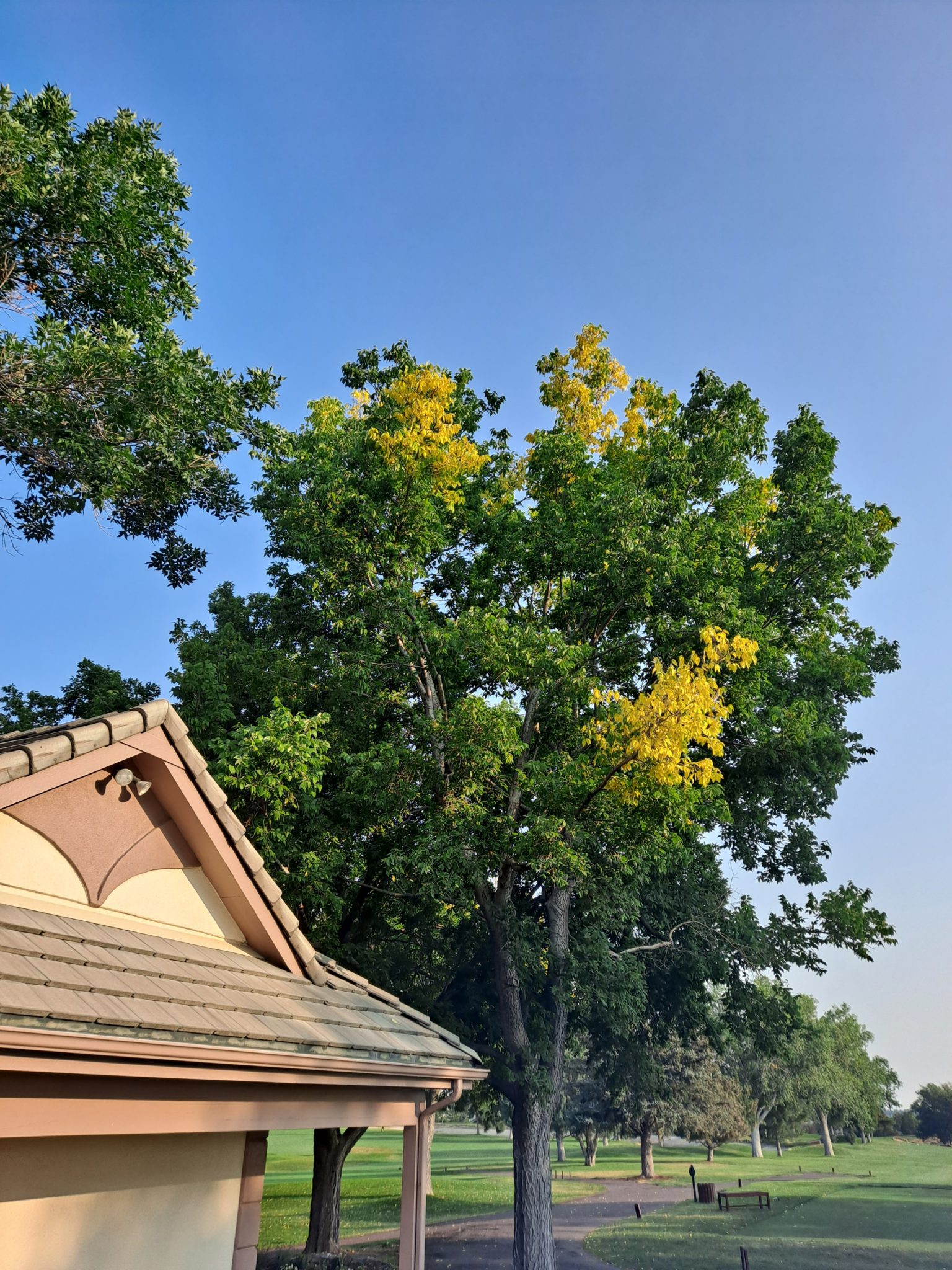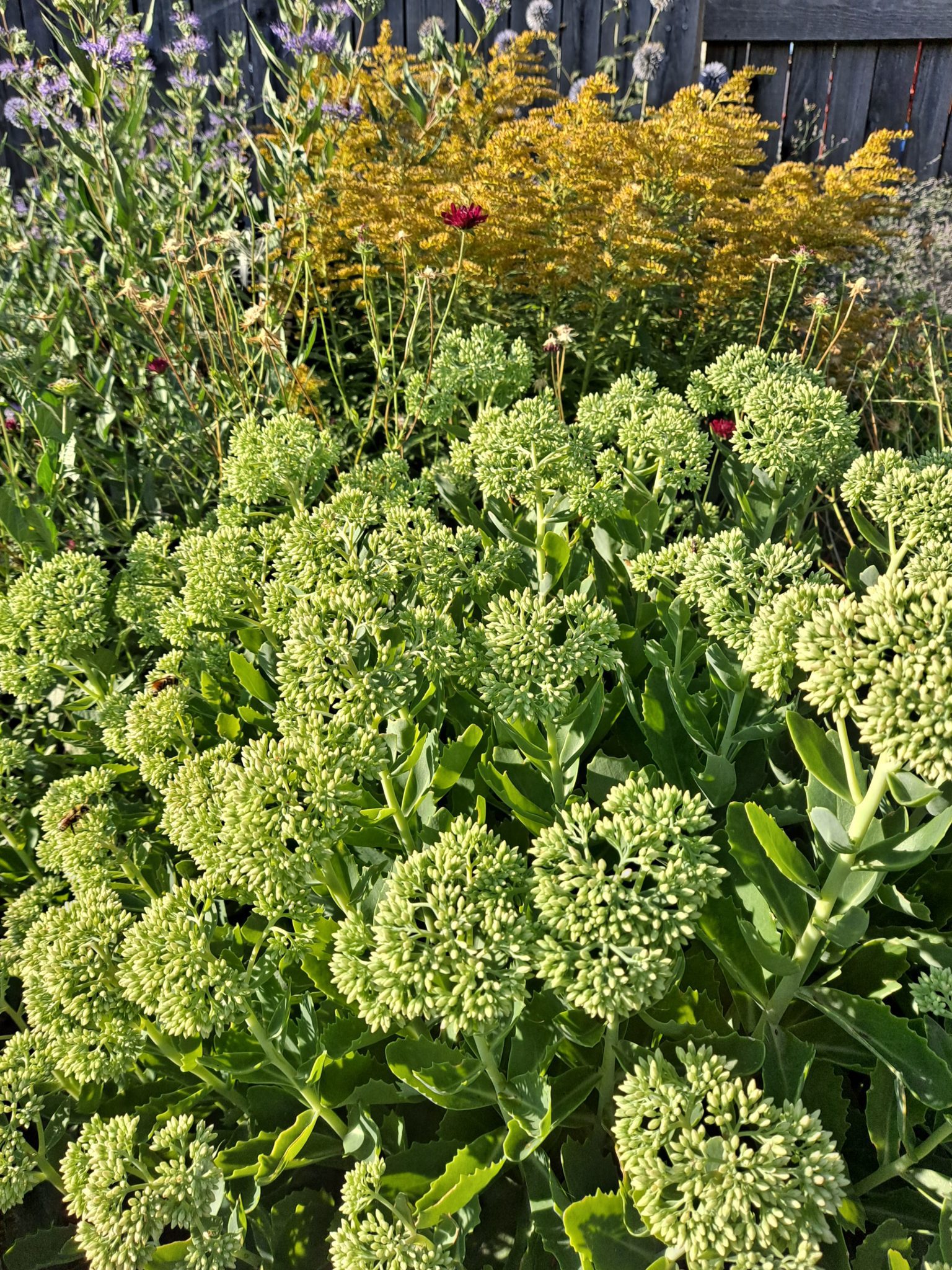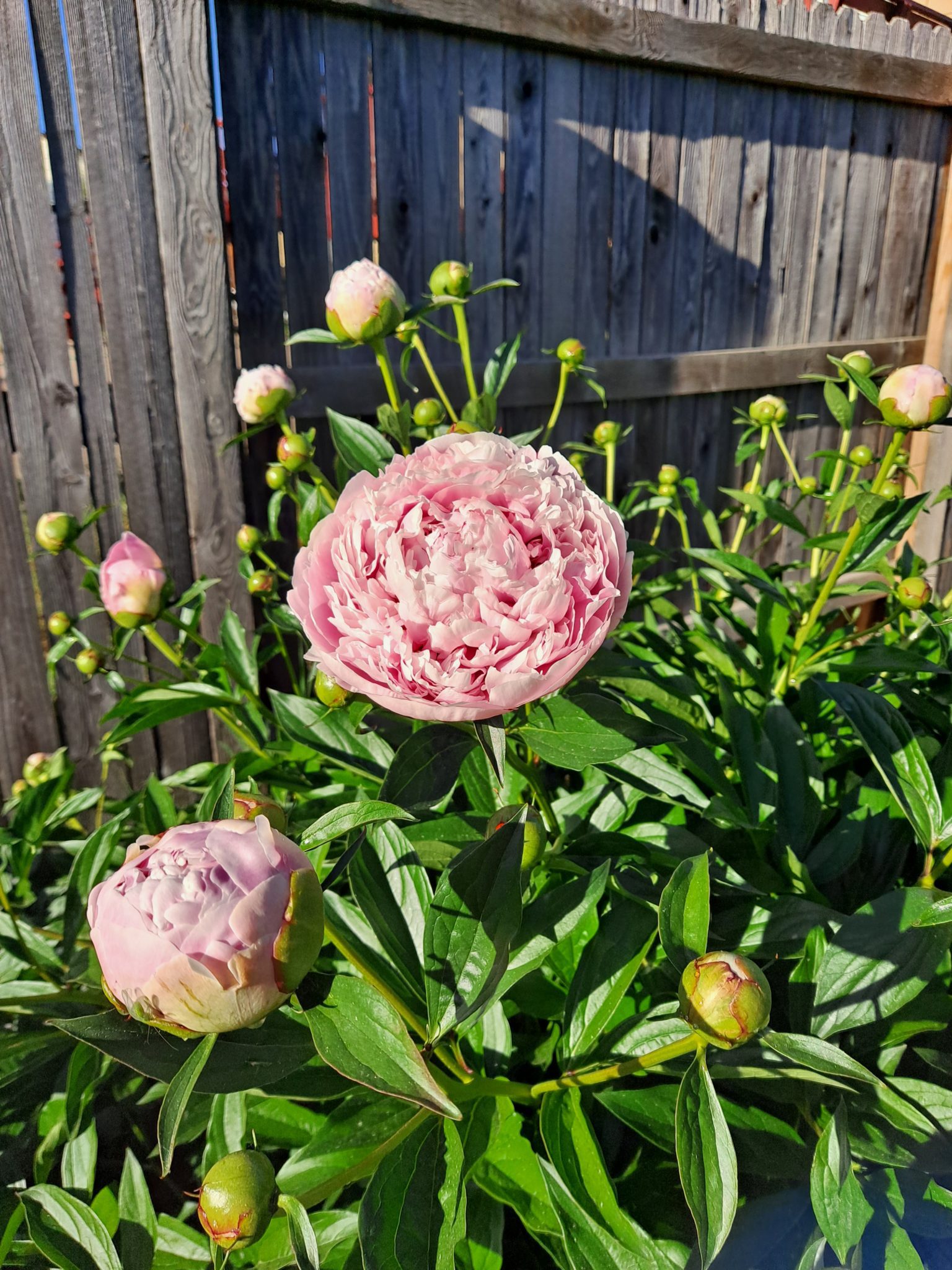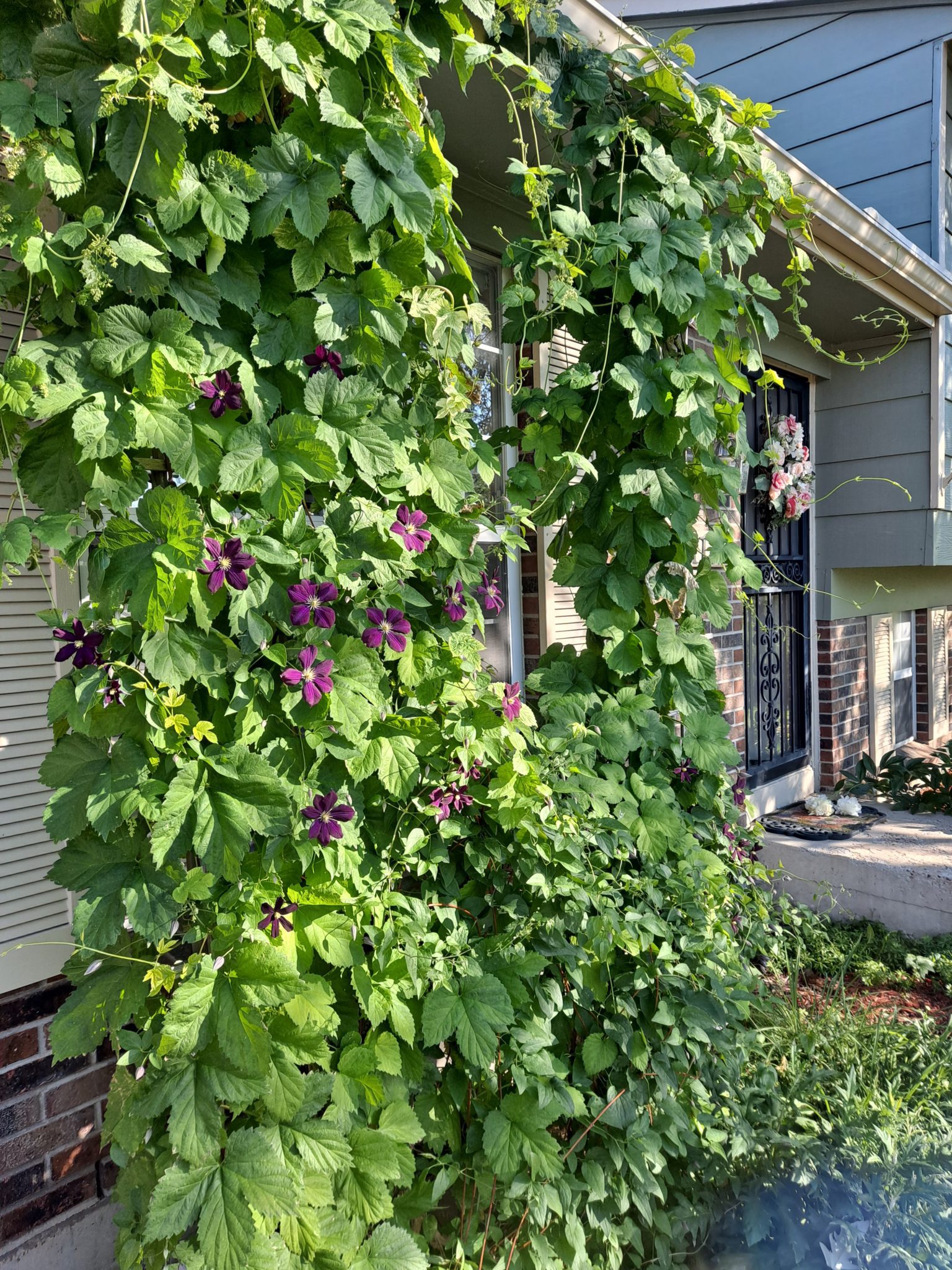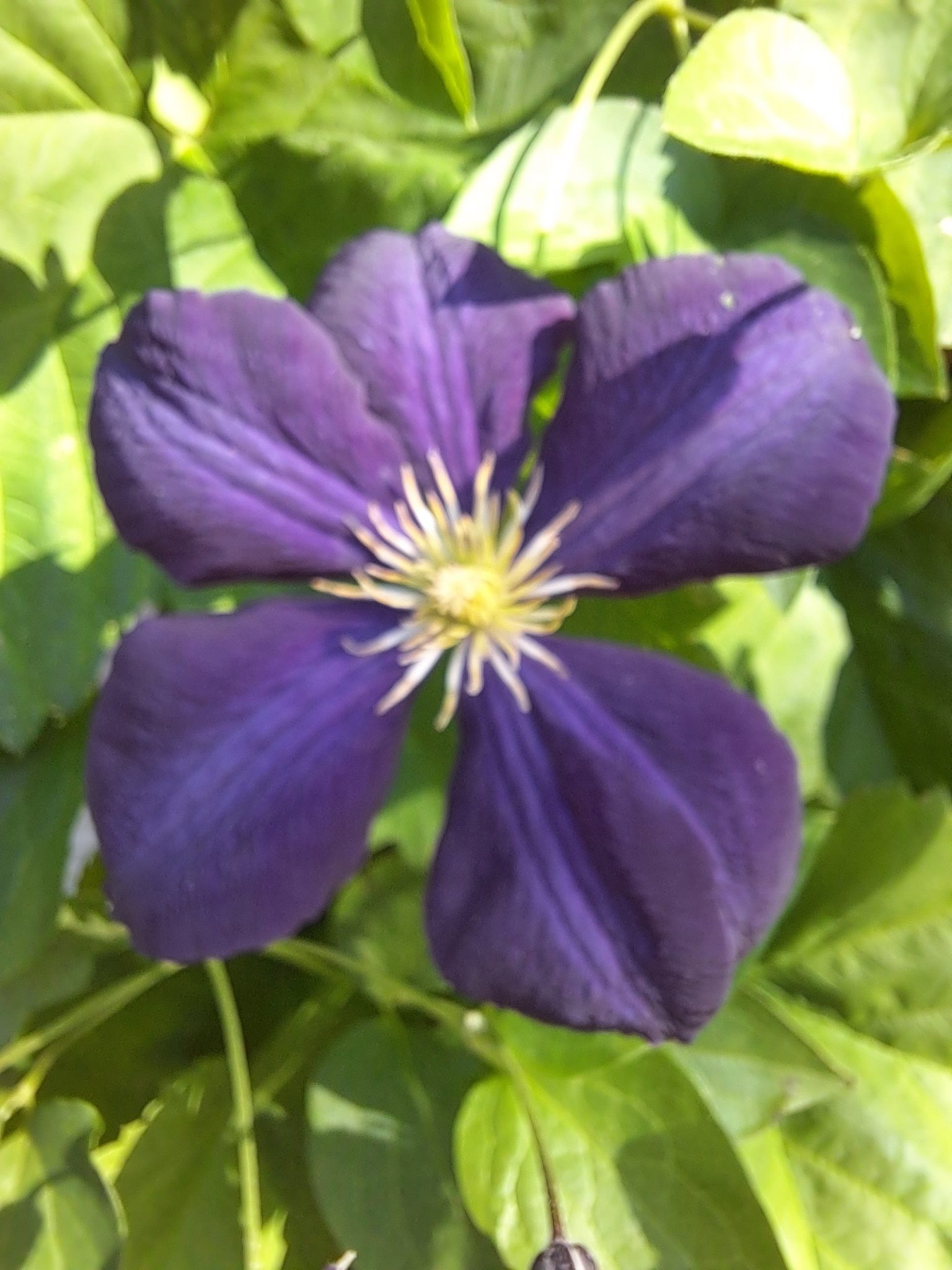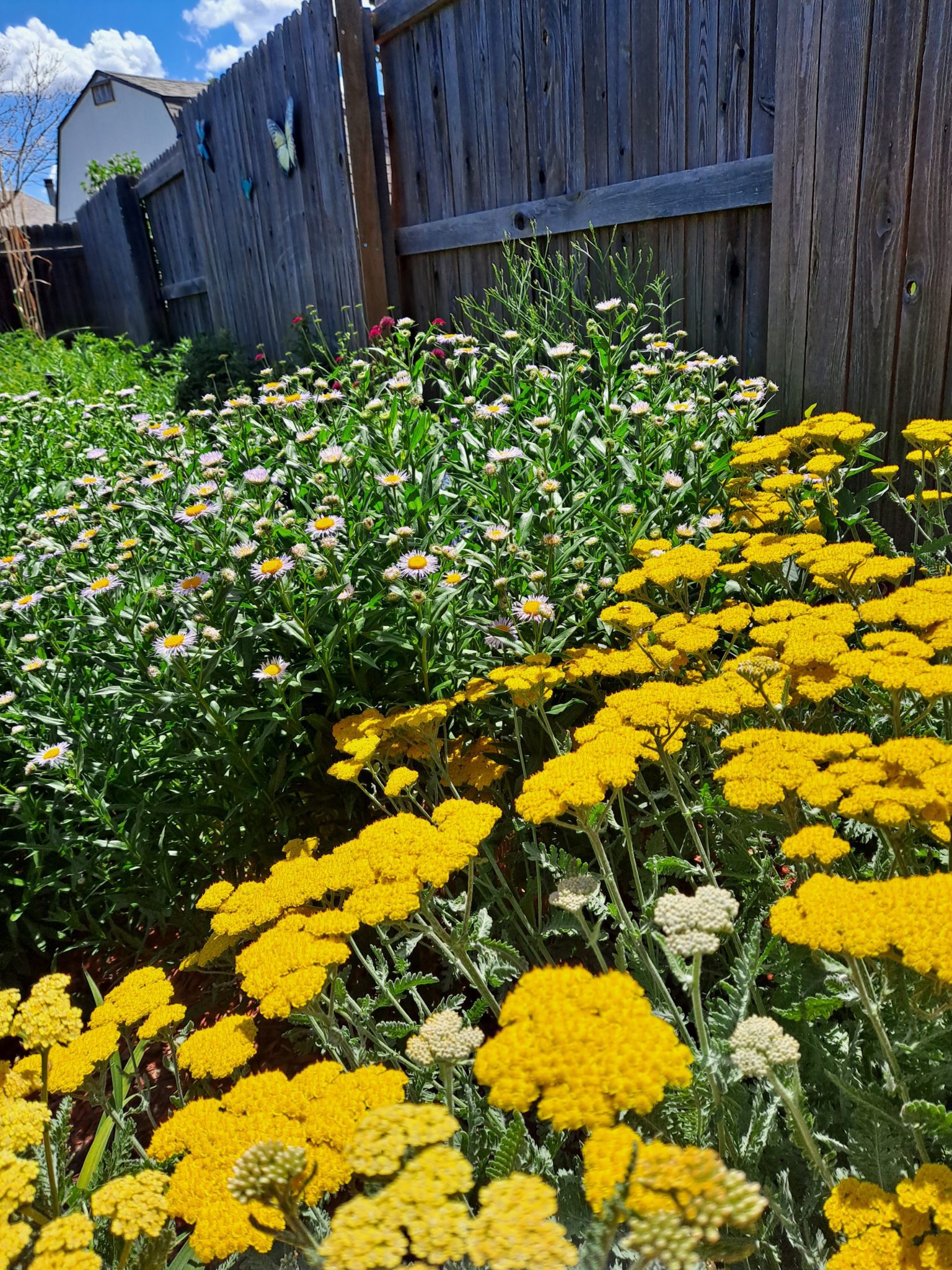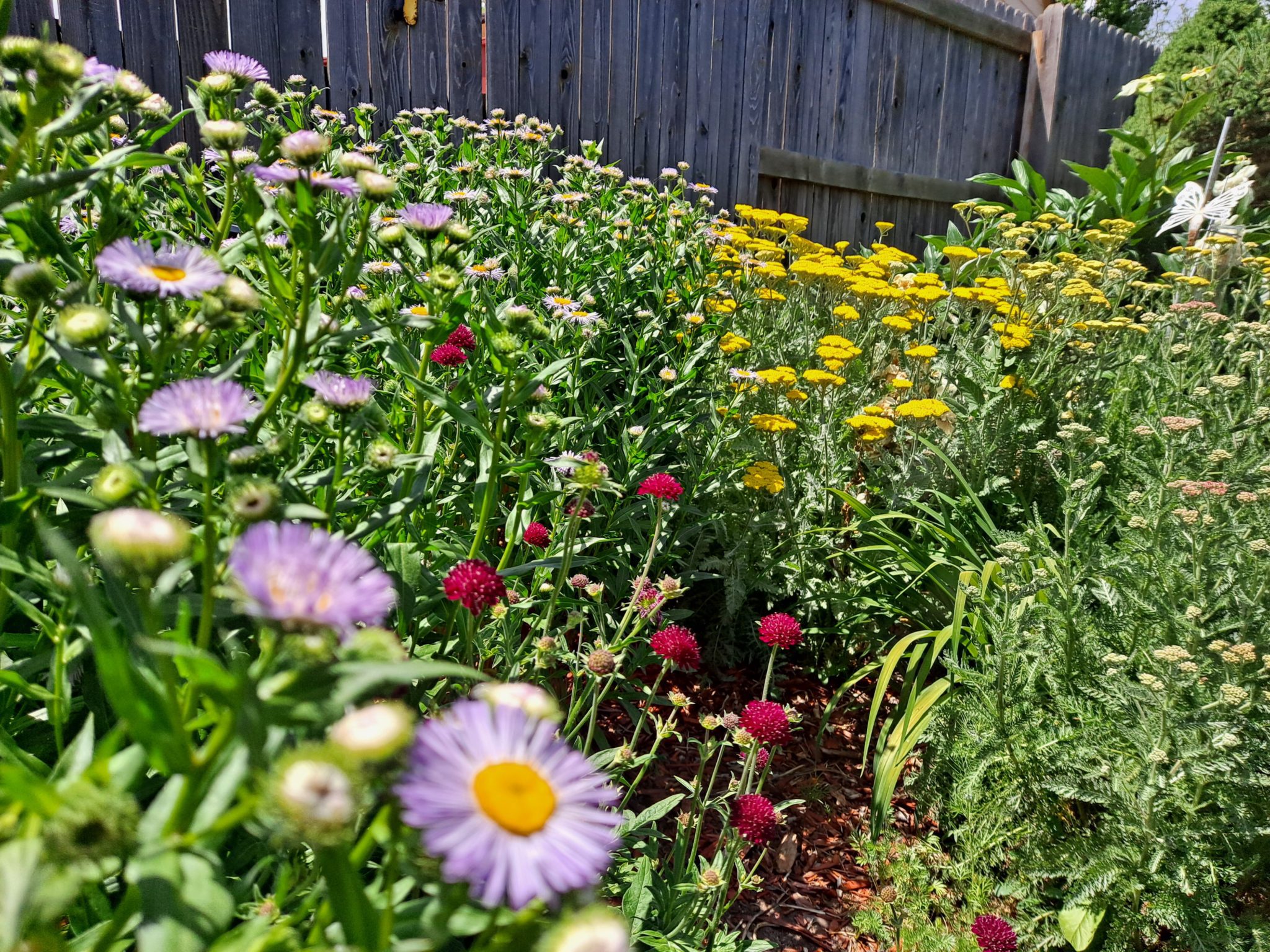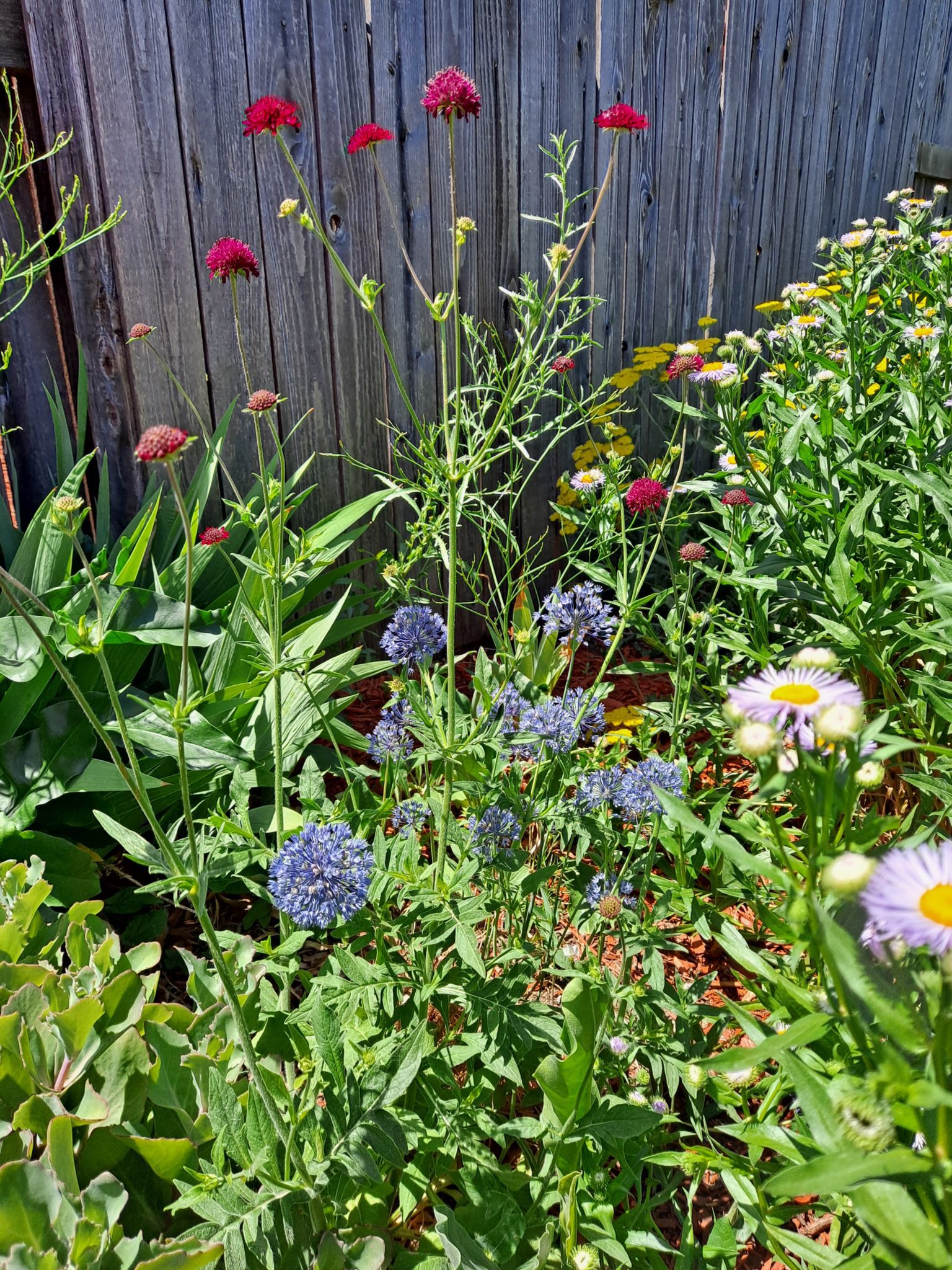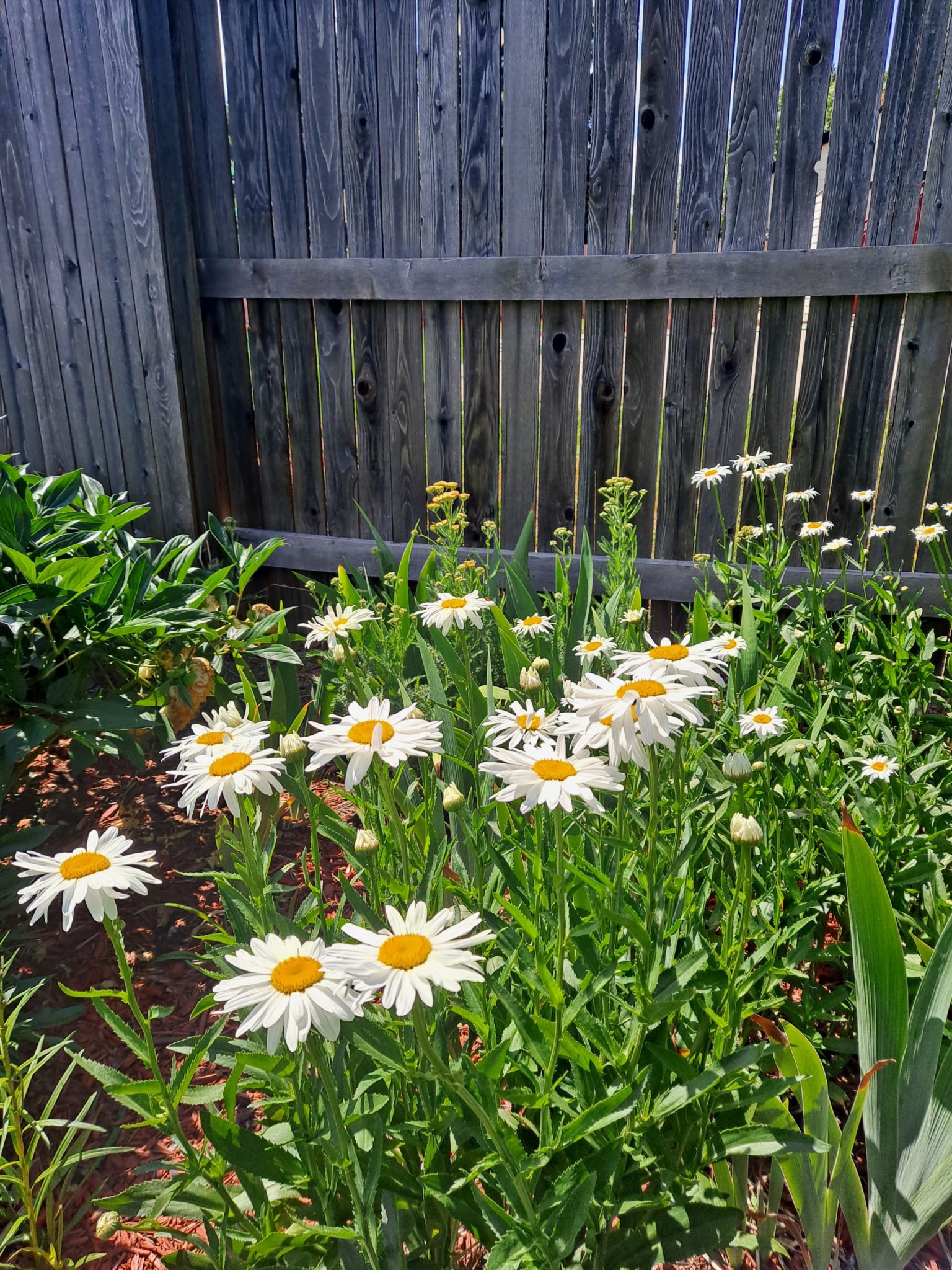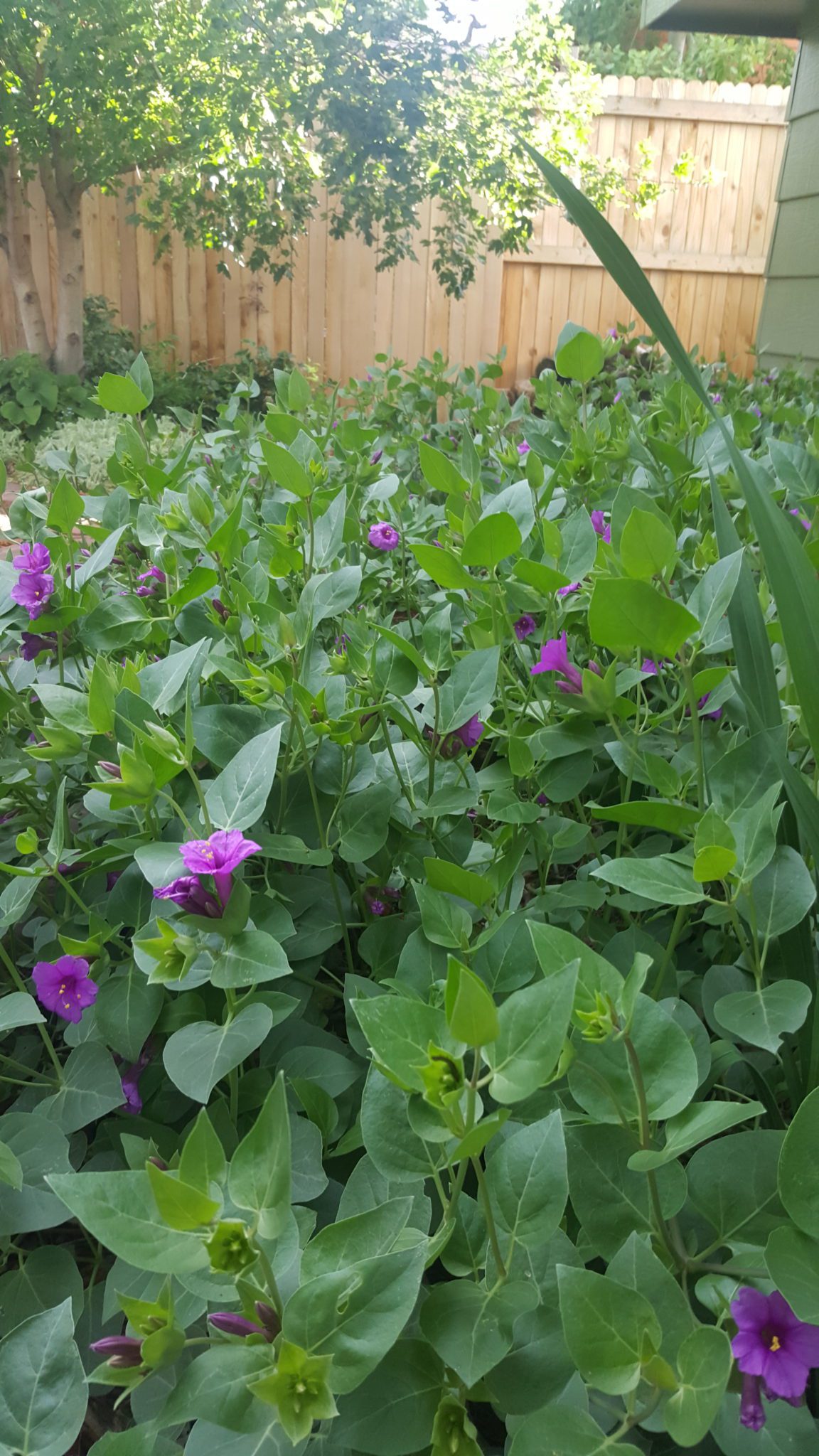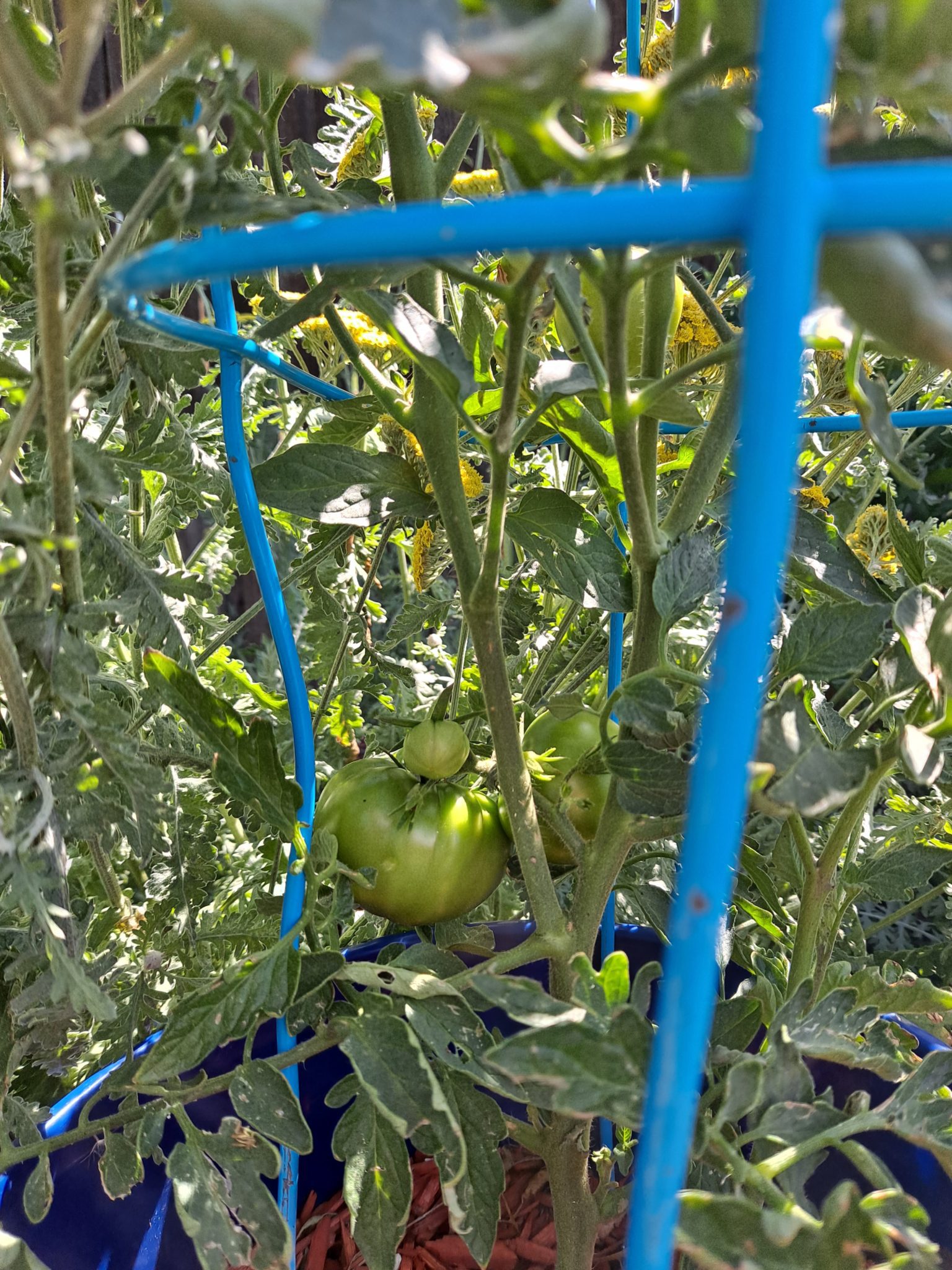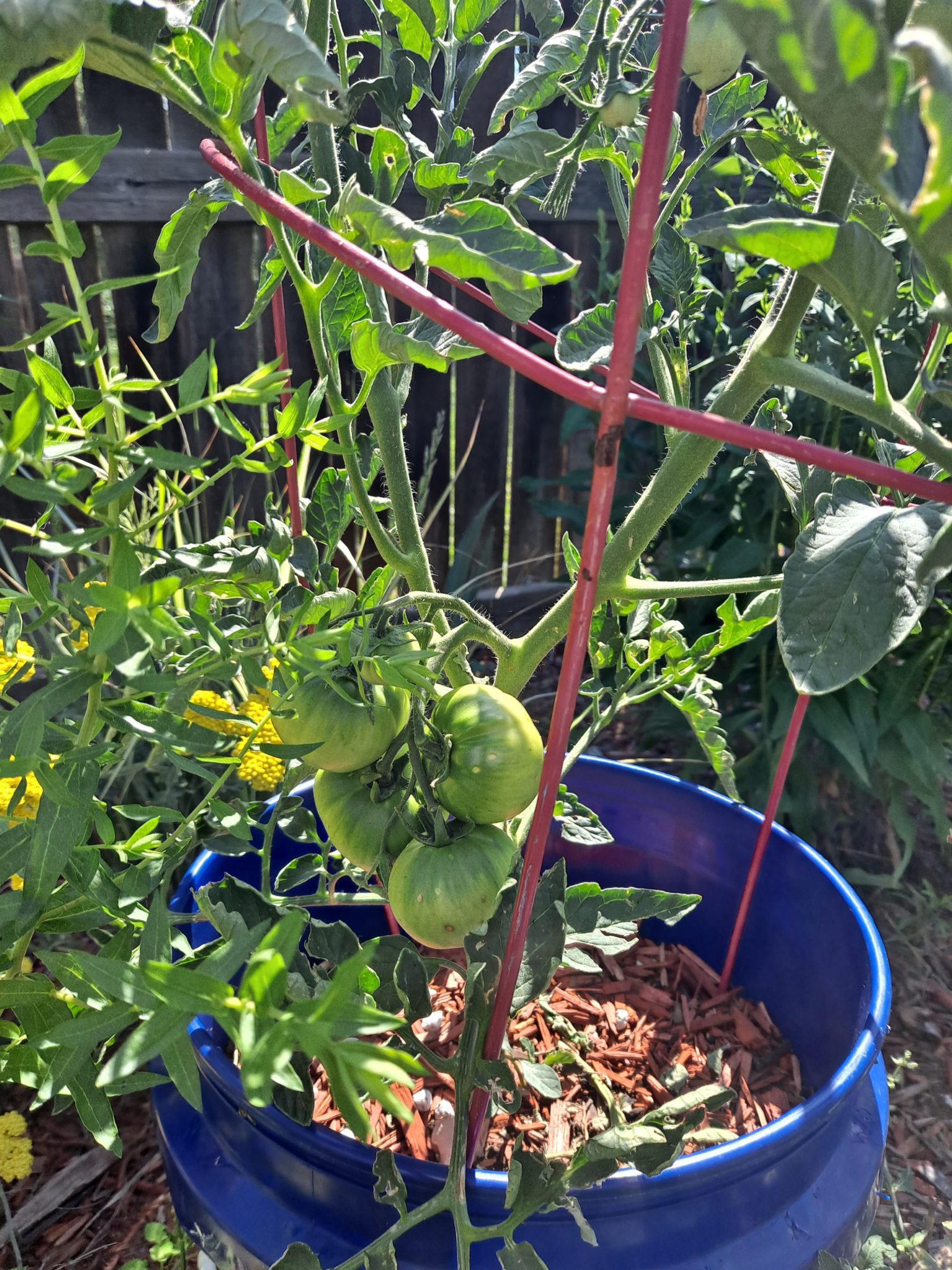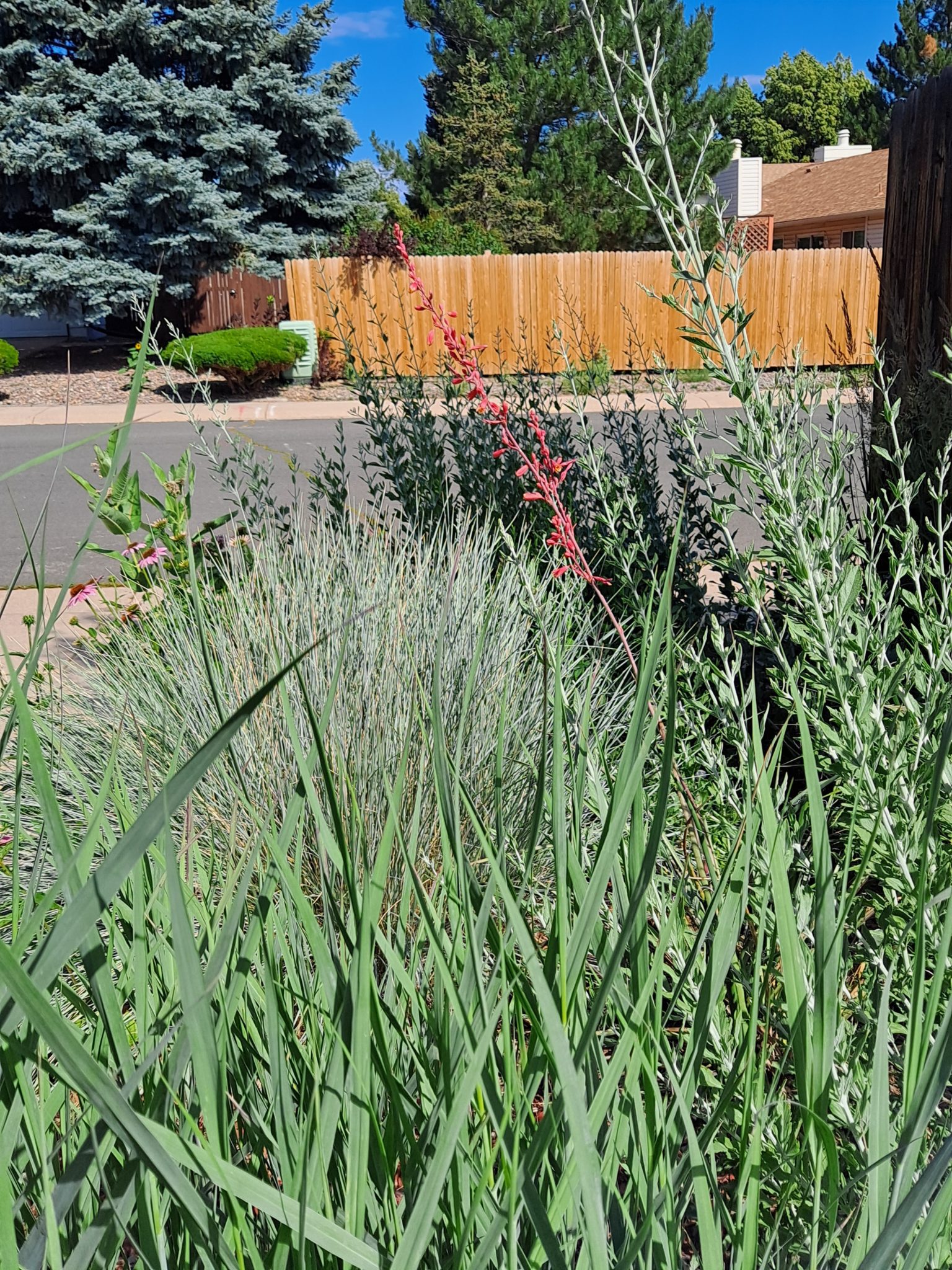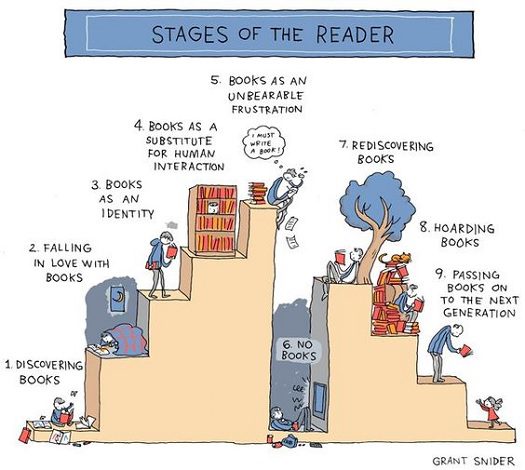
My 2021 autumn reading list
I tend to feel a bit nostalgic/apprehensive when I’m putting together an autumn reading list. I probably feel this way because creating such a list seems to remind me of the first day of school jitters, and the reading list itself gives off a syllabus handed out by a teacher vibe.
I’m going to do an autumn list anyway, because last year’s autumn reading list was a smashing success (see here: Autumn reading list (mrvintageman.com).
I promise, there will not be a test at the end of the semester.

If you have ever perused online reading lists, you will notice that summer reading lists are usually “light” or entertaining reading, whereas fall reading is supposed to be a time for more serious fare. I suspect it’s that back-to-school thing again.
Edmund Morris’s Theodore Rex is the most “serious” tome on my list. Rex is part two of Morris’s Theodore Roosevelt trilogy. Part one, The Rise of Roosevelt, covered the period of Roosevelt’s life from birth to the White House. Theodore Rex examines the Roosevelt presidency.
“Teddy” Roosevelt was a complex and fascinating man, and in today’s more sensitive climate, he is considered “problematic”. Fuck that. Edmund Morris has so far done an excellent job of bringing this man to life, warts and all, and I am looking forward to learning more about him.

Anybody who has used Cognitive Based Therapy (CBT), and especially the branch of CBT known as Acceptance & Commitment Therapy (ACT), will immediately recognize that many of CBT’s precepts are strikingly similar to Stoicism.
Stoicism is a philosophy that was popular in ancient Greece and Rome. The most famous Stoic is the Roman emperor Marcus Aurelius. While there are differences in their approaches, both CBT and Stoicism believe that external events are beyond the individual’s control. The only thing the individual does have control over is how he or she reacts to the event.
Amazing it took 2ooo years to relearn that.
While there are tons of books on Stoicism, I’m interested in reading Ward Farnsworth’s The Practicing Stoic because he doesn’t just collect the wisdom of the ancient Stoics. He apparently explains how to apply Stoicism to in our lives.

Another book about a man who is now considered “problematic”, Travels with George is not actually a biography, but is instead a travel book. After he was elected president, George Washington spent a good deal of time traveling around the new nation he was expected to lead. He wanted to learn more about his fellow citizens, and to fully grasp the difficulties in forging a Republic. Nathaniel Philbrick follows in George’s footsteps, not just to learn about his subject, but also to get a feel for the citizens and issues facing that same Republic today.

Daughter of the Morning Star is the 17th novel in the Walt Longmire mystery series. Walt Longmire is the septuagenarian sheriff of the fictional Wyoming county of Absaroka.

Autumnal Tints is not a very well known treatise by Henry David Thoreau. It was the last work he completed before his death. In it, Thoreau attempts to convey to European readers the wonders of autumn colors in the United States. Some of the reviews I have read state that it is pretty dry. Fortunately it’s a very short essay; and since it is autumn, I thought I might take a crack at it.

Leviathan Falls is the ninth and final novel in the Expanse series by James S.A. Corey. I have read a lot of science fiction in my time, and I will state without equivocation that the Expanse series is some of the best sci-fi I have ever read. In my opinion, only the first three books in the Dune saga are better. Leviathan Falls comes out in early November.
And finally, a little something for Halloween:

In my younger days I was a something of a fan of ghost stories. Nothing hardcore mind you, but every once in a while I would enjoy a story that caused me to leave a light on all night. Well, I did enjoy them until I read The Exorcist at the age of 13. Big mistake! HUGE!
As I have gotten older, and have seen plenty of the horror that real life has to offer, my appetite for the macabre has waned considerably. However, when Halloween approaches I find that I still can enjoy a book with a mild scare. Nothing too extreme you understand. Just a little something to get the hairs on the back of the neck standing on end.
I know very little about Ray Bradbury’s The October Country, besides the fact that it’s a collection of spooky short stories from the author who brought us Something Wicked This Way Comes. Sound perfect for All Hallows Eve reading to me!


